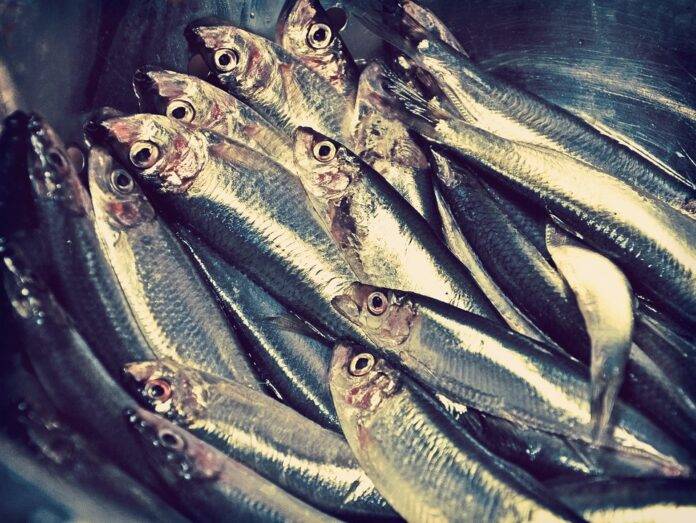Introduction
Seafood is a vital source of nutrition for people around the world, providing essential proteins, vitamins, and minerals. The global seafood industry plays a significant role in the economy, with millions of people relying on it for employment and sustenance. In this report, we will analyze the current trends in global seafood consumption and provide key insights into what the future holds for the industry.
Current Global Seafood Consumption Trends
According to a report by the Food and Agriculture Organization of the United Nations (FAO), global seafood consumption has been steadily increasing over the past few decades. In 2020, the world consumed approximately 156 million metric tons of seafood, with Asia accounting for the largest share of consumption.
Regional Consumption Patterns
Asia remains the largest consumer of seafood, with countries like China, Japan, and Indonesia leading the way. Europe and North America also have significant seafood consumption levels, with countries like Spain, Italy, the United States, and Canada being major consumers.
Types of Seafood Consumed
The most commonly consumed types of seafood globally include fish, shrimp, crab, lobster, and mollusks. These seafood items are enjoyed in various forms, such as grilled, fried, steamed, or raw.
Factors Driving Seafood Consumption
Several factors contribute to the increasing demand for seafood, including population growth, rising incomes, changing dietary preferences, and the health benefits associated with seafood consumption. Additionally, the growing popularity of seafood as a source of lean protein has led to increased consumption.
Key Insights for Global Seafood Consumption Trends by 2025
As we look towards the future, several trends are expected to shape the global seafood industry by 2025. Here are some key insights to consider:
1. Sustainable Fishing Practices
One of the most critical trends in the seafood industry is the shift towards sustainable fishing practices. With concerns about overfishing and environmental degradation, consumers, governments, and industry players are increasingly focusing on sustainable fishing methods to ensure the long-term viability of seafood resources.
2. Growth in Aquaculture
Aquaculture, or the farming of seafood, is expected to continue growing in importance as a source of seafood production. With advancements in technology and practices, aquaculture has the potential to meet the increasing demand for seafood while reducing pressure on wild fish stocks.
3. Increasing Demand for Premium Seafood
As incomes rise and consumer preferences evolve, there is a growing demand for premium seafood products. Items like sashimi-grade tuna, wild-caught salmon, and organic shrimp are becoming increasingly popular among consumers willing to pay a premium for high-quality seafood.
4. Technological Innovations in Seafood Processing
Advancements in technology, such as blockchain, IoT, and AI, are revolutionizing the seafood processing industry. These technologies are improving traceability, quality control, and efficiency in seafood processing, ultimately benefiting consumers and industry players alike.
5. Health and Sustainability Concerns
Consumers are becoming more conscious of their health and the environmental impact of their food choices. As a result, there is a growing demand for seafood products that are both healthy and sustainably sourced. Seafood companies that can meet these demands are likely to see increased market share and consumer loyalty.
Conclusion
In conclusion, the global seafood industry is poised for significant growth and evolution in the coming years. By focusing on sustainable practices, technological innovations, and meeting consumer demands for premium, healthy seafood products, industry players can capitalize on the opportunities presented by the changing landscape of global seafood consumption. As we move towards 2025, the key insights outlined in this report will be essential for guiding the future success of the seafood industry.
Read: The Global Seafood Industry – Market Trends, Trade, and Future Outlook



